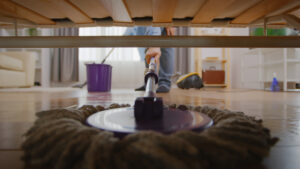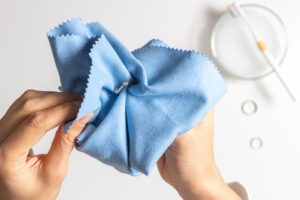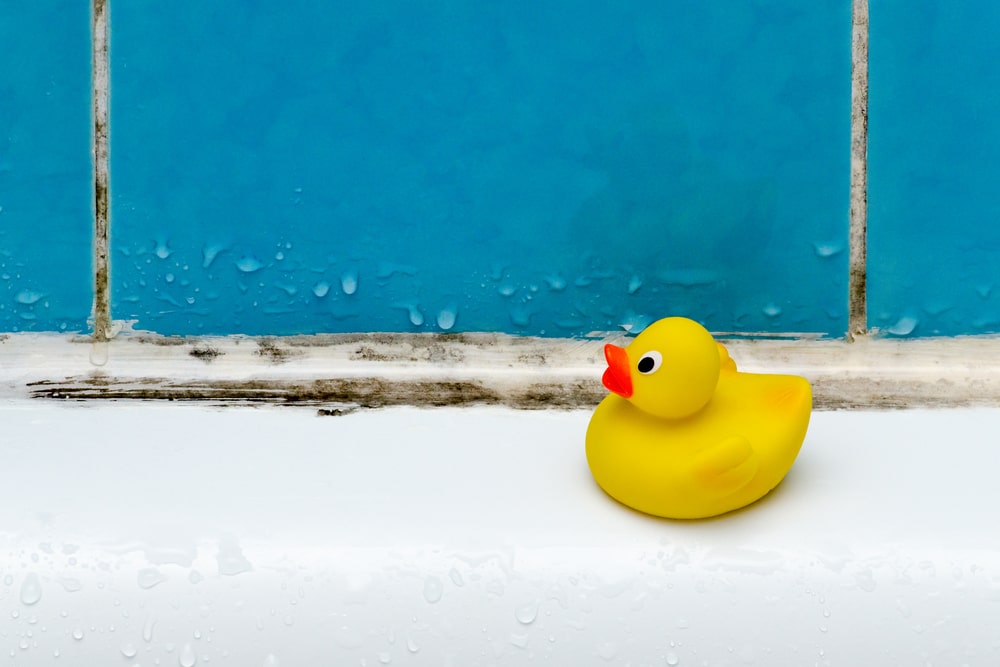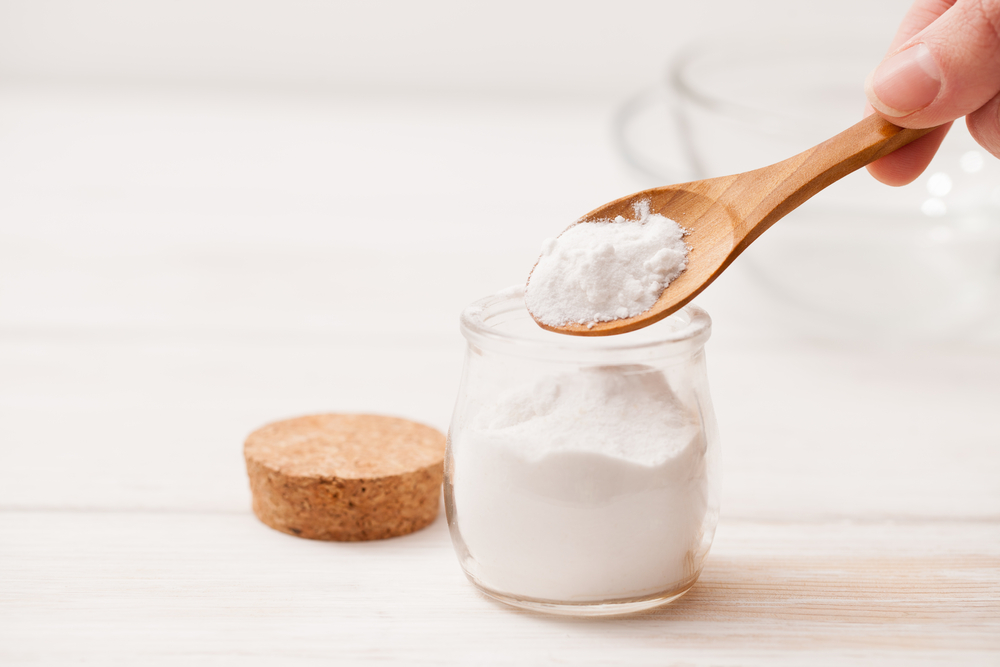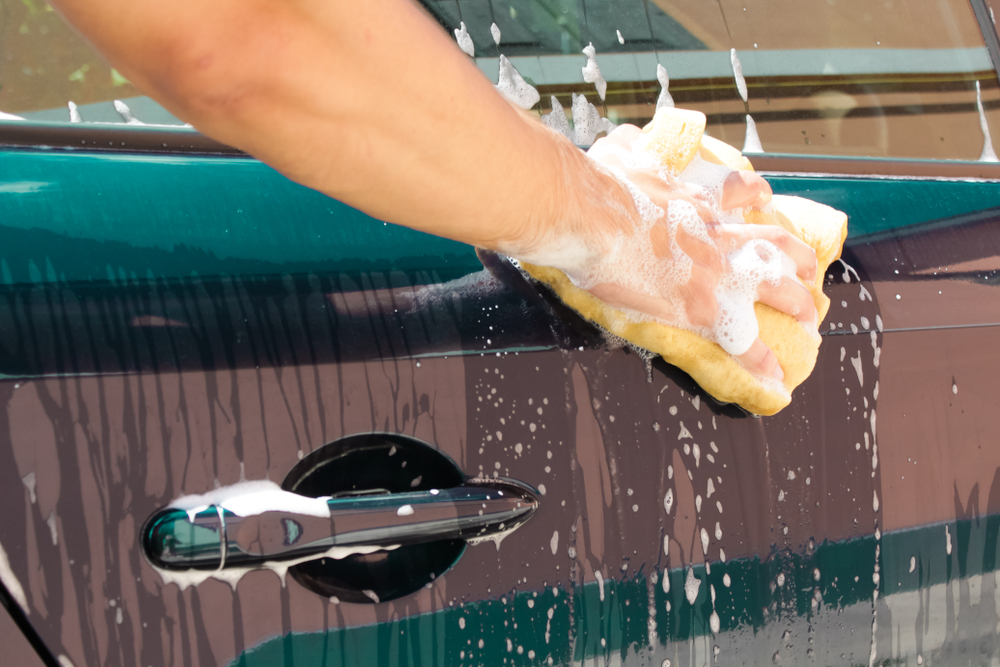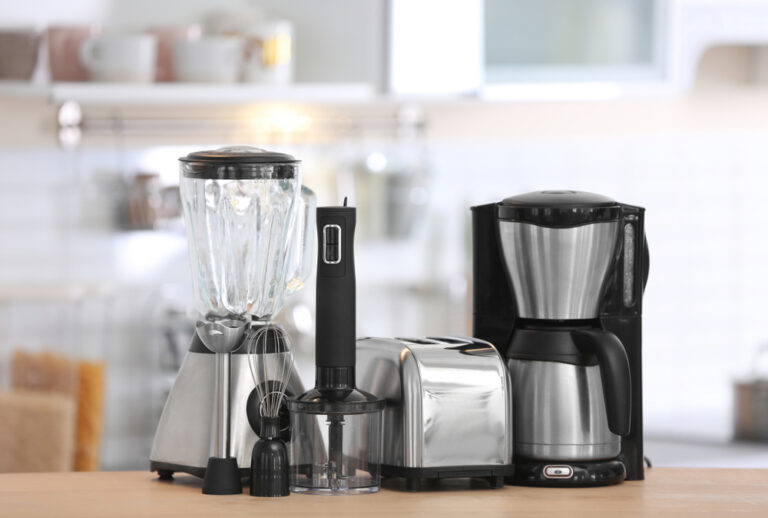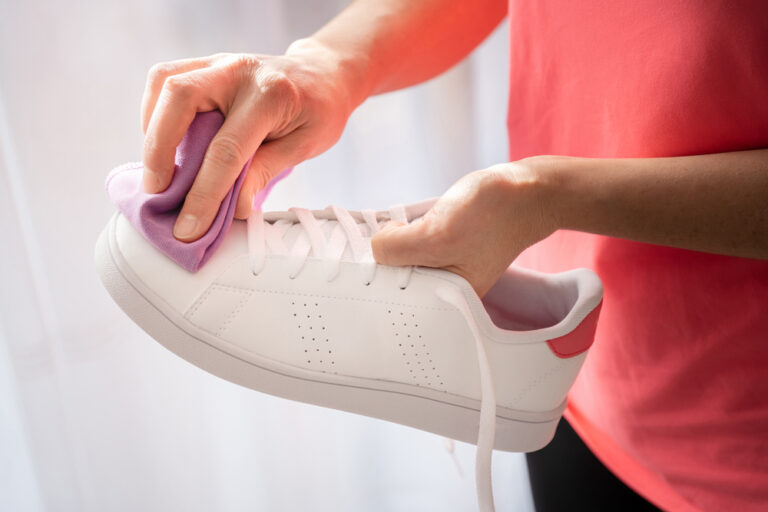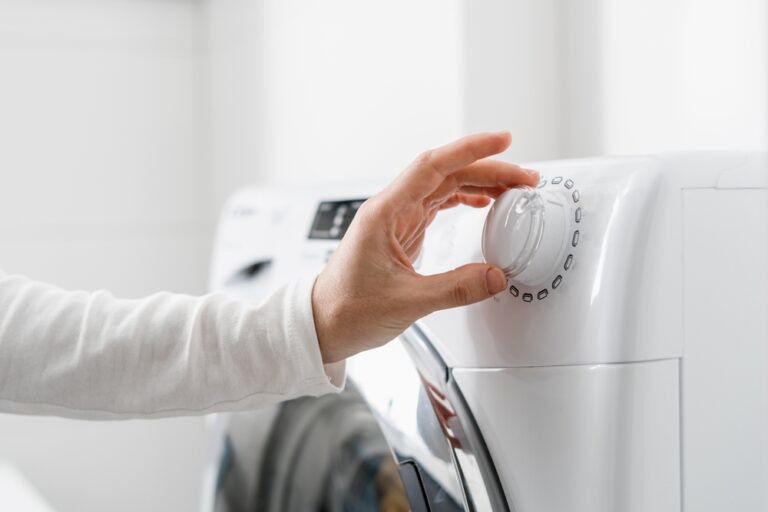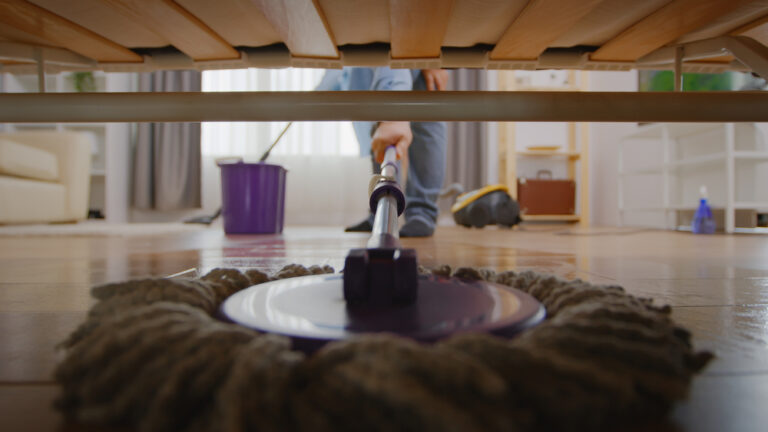How to maintain a clean and germ-free house?
It’s safe to say that, for most people, cleaning isn’t really one of their favorite pastimes. Ironically, despite this fact, pretty much everyone wants to live in a healthy and tidy environment, right?
Whether you like cleaning your house or not, you must include it in your daily routine, especially in the winter, when we all spend much more time indoors. More indoor activity and dry indoor air can mean a higher chance of getting sick during the colder months.
Your house and your health are linked to each other, more so if you work remotely or if you’re retired and spend most of the day at home. Moreover, some illness-causing viruses survive better in cool, dry environments typical for the fall and winter.
This being said, it’s essential to ensure you live in a clean and germ-free house. We’ve rounded up some tips on how you can do that effortlessly and efficiently. Check this out!
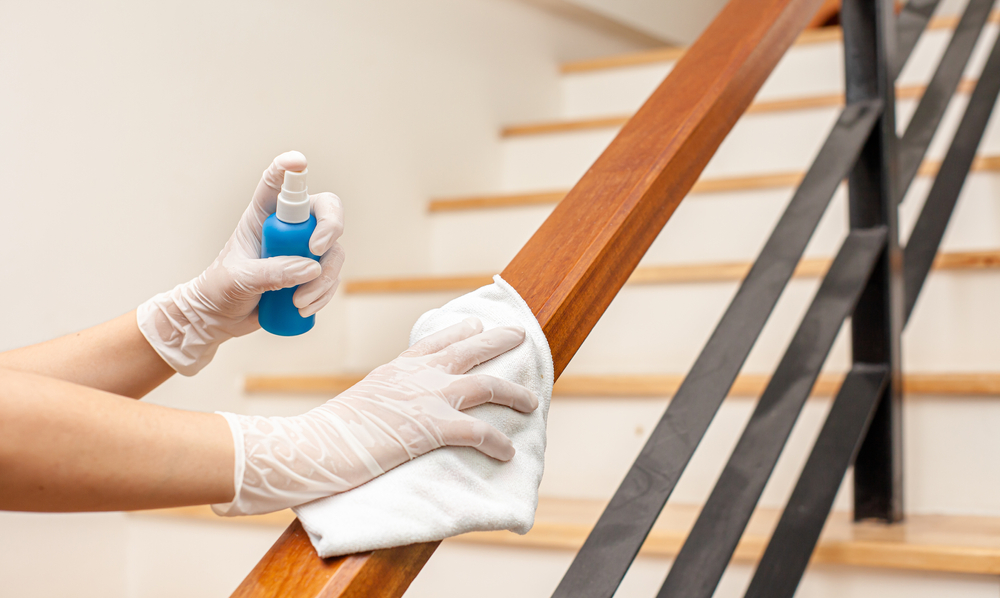
Nitiphonphat from Shutterstock
1. Create a disinfecting routine
Most people don’t know the difference between cleaning, disinfecting, and sanitizing, which is important if you really want to have a germ-free house. To set the record straight, we’ve taken over what exactly means each one, according to the Centers for Disease Control and Prevention (CDC).
Cleaning is when you scrub a surface with water and soap, which can help eliminate most, but not all, dirt and germs. Sanitizing is a process that involves using sanitizing sprays or diluted bleach to reduce germs. Cleaning a surface before sanitizing it is essential.
Disinfecting is when you use stronger chemicals or bleach solutions, and it is a process that can help eliminate most germs on an object or surface. Cleaning the area before disinfecting it is a good idea.
So, before you start sanitizing and disinfecting around, it’s a good idea to identify your house’s most high-touch surfaces, like countertops, light switches, appliance handles, and doorknobs. These are the surfaces you should clean the most often. Also, make sure you regularly wipe down visibly dirty surfaces, like countertops. These disinfecting wipes are best for this kind of job.
It’s important to disinfect or sanitize things if someone in your household is coming down with the flu or has been in close physical contact with someone sick. Keeping a list in your head of areas and objects to clean can feel overwhelming. That’s why the best thing you can do is create a paper or digital checklist of day-to-day and weekly cleaning tasks to help offload some of the overwhelm and maintain a germ-free house.
2. Wash bedding and linens regularly
Your body regularly sheds skin cells and sweat, whether you’re moving around the house or drifting off to dreamland. All that grime can eventually build up on soft surfaces, including blankets, pillows, and bedsheets.
For a germ-free house, aim to change and wash your sheets weekly. This way, you prevent the buildup of bacteria that cause grime and dirt. If you have allergies, it’s even more important to regularly launder bedclothes to target allergens and dust mites hidden in your sheets.
To maximize your efforts, use hot water when washing bedding and sheets. Also, get a few sets of sheets to make swapping them out easier. If care instructions allow it, iron your sheets after air drying or use a high-heat dryer setting to dry them.
3. Manage humidity levels
Do you know that the humidity level in your house can affect the odds of getting sick with a viral illness? A germ-free house is a house where the level of moisture in the air stays within healthy ranges.
According to a 2021 study, moderate humidity levels between 40% and 60% may slash the risk of viral transmission and make certain viruses less likely to survive in the air. On top of that, dry indoor air can make you more likely to experience allergies.
So, a germ-free house is an environment with a healthy humidity level. Many home thermostats can display and detect the amount of humidity indoors. If your house’s humidity drops below 30%, you should invest in a humidifier and take extra precautions as flu and cold season arrive, which can include disinfecting surfaces and more frequent handwashing.
Read on to discover other tips on how to maintain a germ-free house!
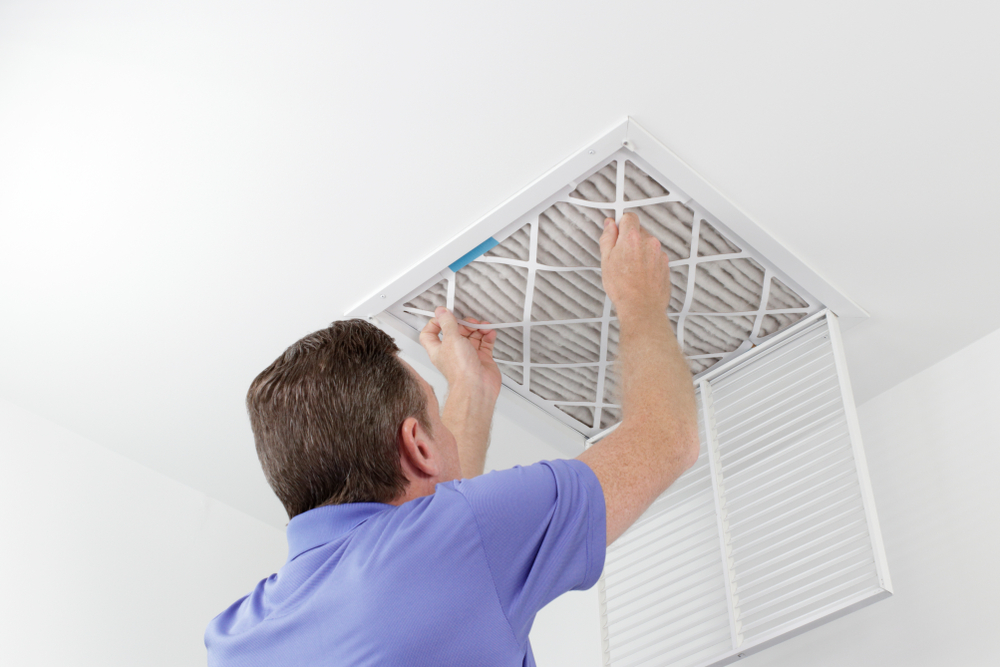
4. Check and change HVAC filters frequently
Do you have a heating, ventilation, and air conditioning (HVAC) system? If you do, it’s very important to regularly change the filters to maintain a germ-free house and keep the indoor air clean.
When it comes to 1-inch-thick filters, you should change them every 30–60 days. For 2-inch-thick filters, the recommendation is to change them every 3 months. The 4-inch-thick filters should be changed every 6 months.
According to experts, thicker filters will last longer and capture more allergens and illness-causing particles. Some smart thermostats do the guesswork for you, reminding you when you should change your filter based on your usage.
If you don’t have an HVAC system, you can still breathe clean air indoors and maintain a germ-free house. Get an air purifier, and you’ll be able to control the indoor air quality.
5. Clean your refrigerator regularly
A germ-free house is a house where the fridge is germ-free. The refrigerator is one of the most overlooked yet most frequently used appliances in a house. You use it every day to store everything, from vegetables and fruits to leftovers and drinks.
If you clean your fridge once, it’s most likely an unsafe place to store your food. A dirty refrigerator can become a breeding ground for dangerous bacteria such as salmonella, E. coli, and listeria. If you smell something off in your fridge, it’s a clear sign that you need to clean it right away.
For a germ-free house, aim to clean your fridge frequently. When doing so, make sure you first get everything that’s inside out. Place perishable foods in a cooler box to ensure they don’t go bad while you’re cleaning the fridge.
If you have any old foods, expired, or starting to smell foul, you should throw them away to avoid contaminating the other goods you have. If anything spills in your refrigerator, you should clean up the mess right away.
Also, make it a routine to regularly clean, wipe, and disinfect the shelves inside the fridge.

6. Revamp your entry
At the end of a full, long day, the last thing you have on your mind is tracking germs and dirt into your home. That’s why a tidy, clutter-free entryway may help prevent germs from entering and maintain a germ-free house.
One way to make this happen is to take off your shoes as soon as you get inside the house. Create a designated place for outdoor footwear, like a shoe rack or boot tray.
Another great idea is to use a basket or another container to collect things that don’t belong in the entryway. Make sure you regularly empty it. Aim to also organize cleaning supplies, like disinfecting wipes and spray, especially for your entryway, and keep them within reach on a shelf or in a basket.
You can also install a light fixture to ensure proper lighting in the area, making spotting dirty surfaces easier.
7. Perform a nightly declutter
For some of us, waking up in the morning in a messy house may cause anxiety and high-stress levels. Seeing a tidy living room, kitchen, and bathroom first thing in the morning can help remove some of the stress that you may feel when you wake up.
This is why, for some people, nightly declutter can be a great idea to maintain a clean and germ-free house. This doesn’t need to be an overwhelming, time-suck task. Even a bit of cleanup here and there can help provide peace of mind as you get ready for bed. On top of that, removing clutter can make it easier to wipe down and disinfect your home’s surfaces.
Before going to bed, put away loose objects in clutter-prone spots, like entryways, countertops, and bathroom sinks. If keeping everything in its rightful place sounds time-consuming, collect everything in a basket and begin by putting away just one or two things before going to sleep.
If you liked our article on tips on maintaining a germ-free house, you may also want to read 6 Habits Holding You Back from a Spotless Home.


